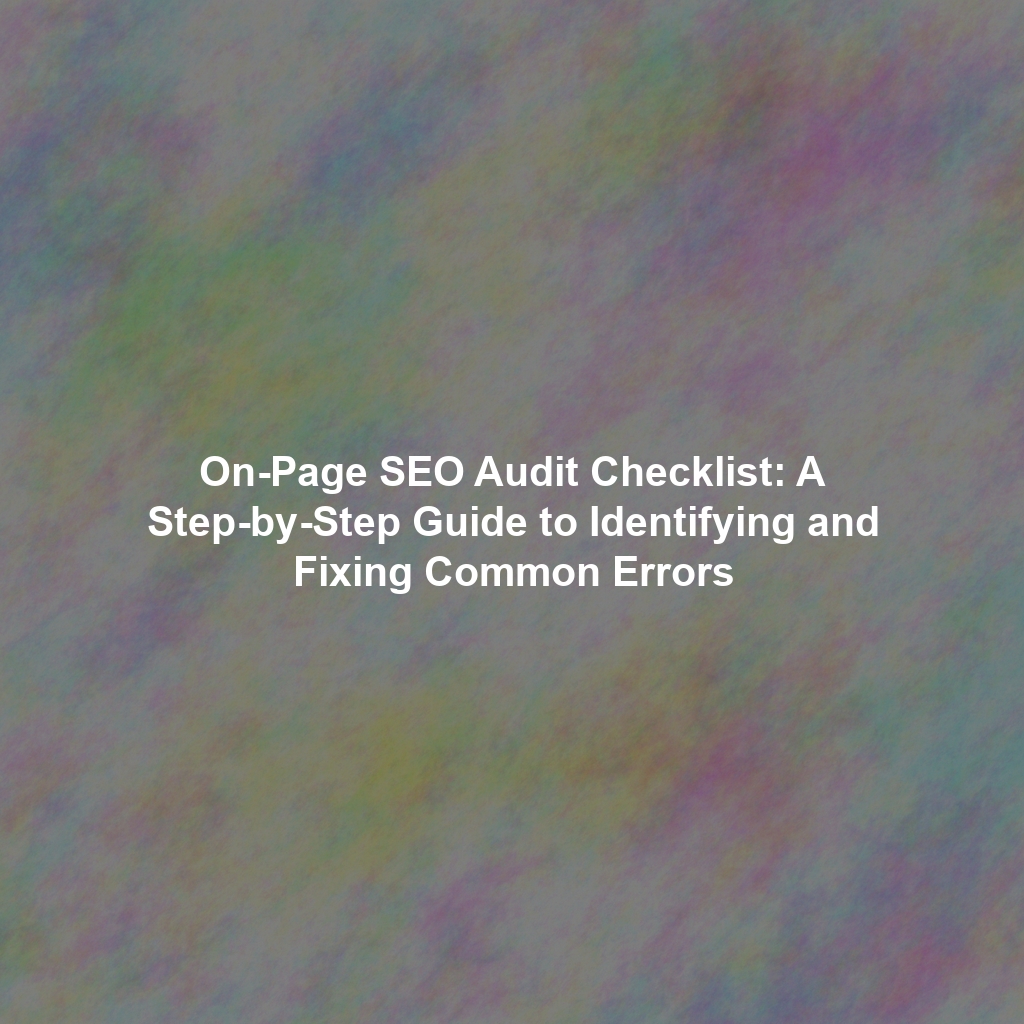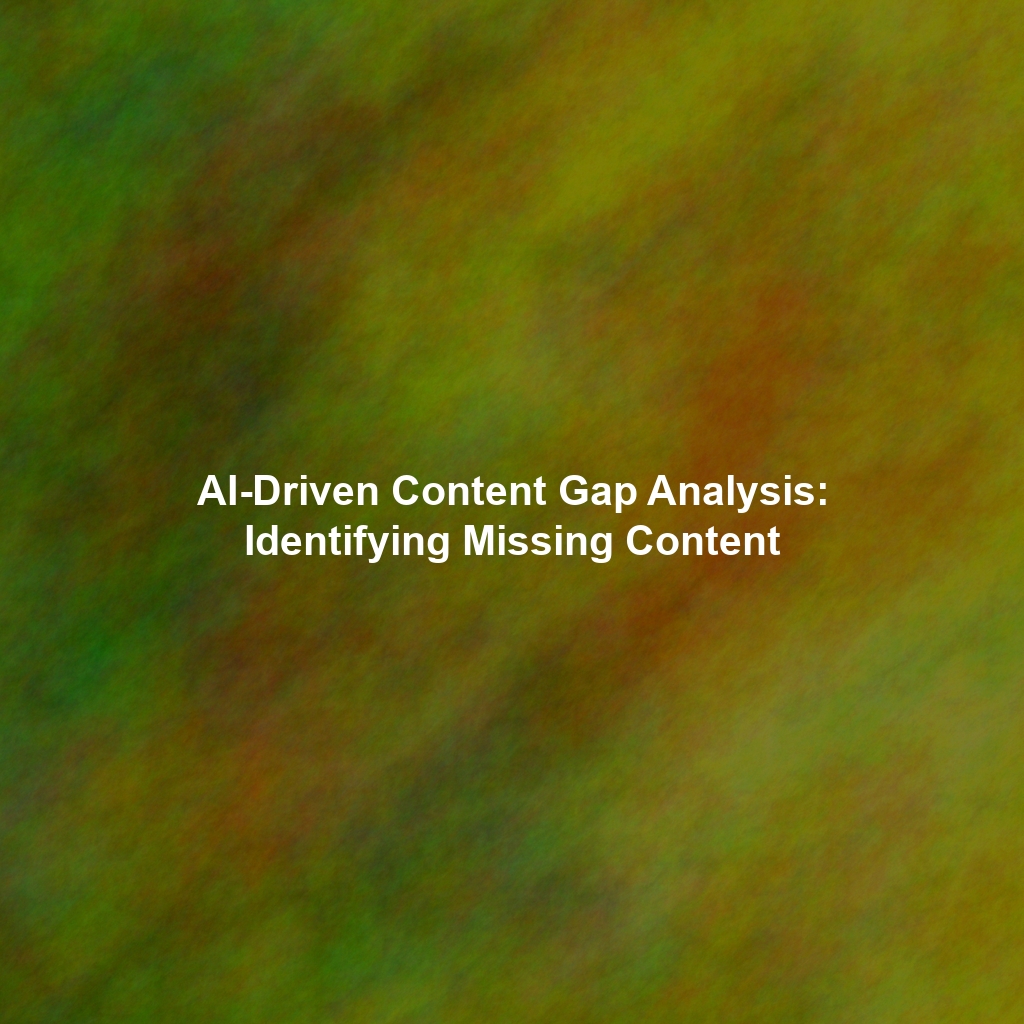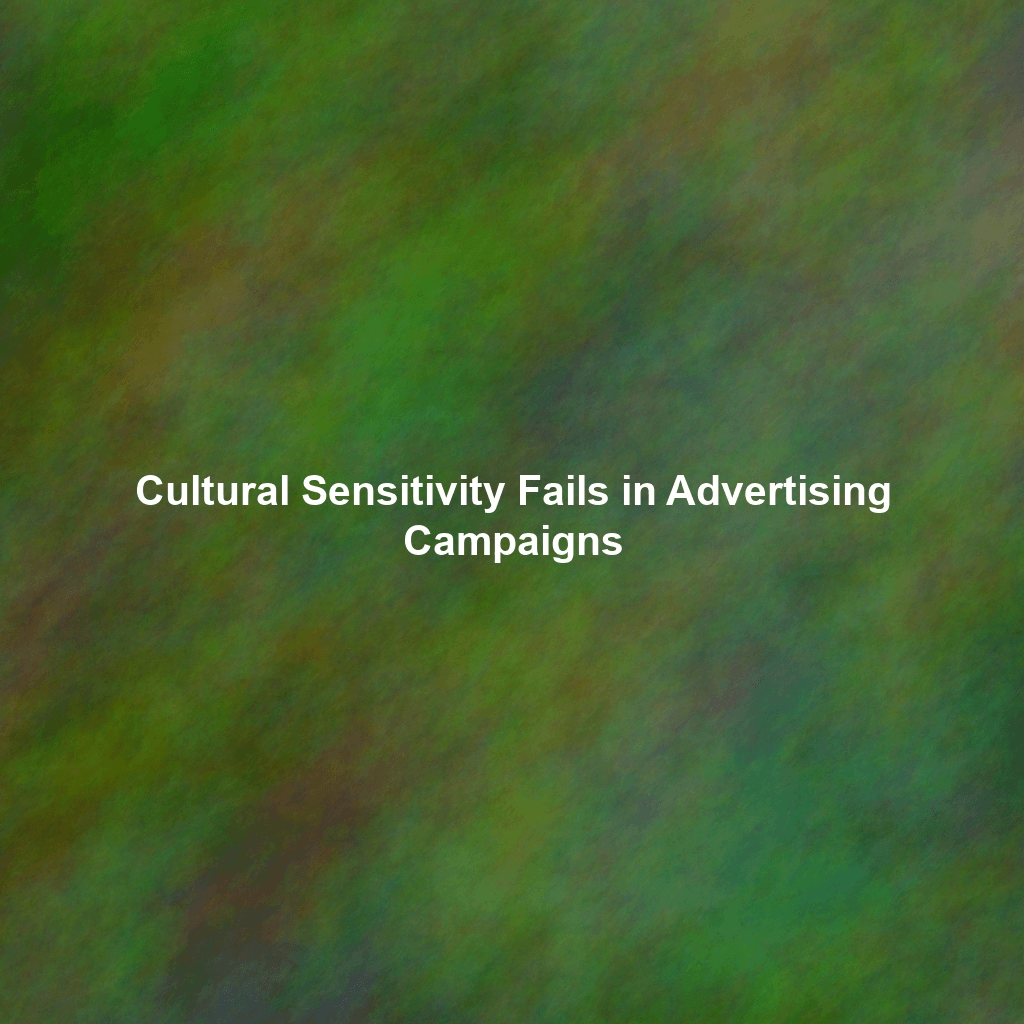What is On-Page SEO and Why is it Important?
On-page SEO focuses on elements within your website that you control directly. These elements signal to search engines what your page is about and how valuable it is to users. Ignoring on-page SEO is like building a beautiful house without a foundation; it might look good, but it won’t last. Proper optimization ensures search engines understand your content, resulting in better rankings, increased visibility, and more qualified traffic.
The Ultimate On-Page SEO Audit Checklist
Follow this actionable checklist to identify and address common on-page SEO issues:
1. Title Tags: First Impressions Matter
The title tag is a crucial ranking factor and often the first thing users see in search results. It should be compelling, accurate, and keyword-rich.
- Check:
- Is each page’s title tag unique?
- Does the title tag accurately reflect the page’s content?
- Is the primary keyword included naturally near the beginning of the title tag?
- Is the title tag under 60 characters to prevent truncation in search results?
- Fix:
- Rewrite title tags to be more descriptive and engaging.
- Ensure each page has a unique title tag.
- Incorporate relevant keywords naturally.
- Keep title tags concise (under 60 characters).
- Example:
Instead of “Blog Post,” use “The Ultimate Guide to On-Page SEO in 2024”.
2. Meta Descriptions: Entice Clicks
The meta description provides a brief summary of your page’s content. While not a direct ranking factor, it significantly influences click-through rates (CTR).
- Check:
- Is each page’s meta description unique?
- Does the meta description accurately summarize the page’s content and entice users to click?
- Does the meta description include the primary keyword?
- Is the meta description under 160 characters to prevent truncation in search results?
- Fix:
- Write compelling and unique meta descriptions for each page.
- Highlight the key benefits of clicking through to your page.
- Include a clear call to action (e.g., “Learn More,” “Get Started,” “Download Now”).
- Keep meta descriptions concise (under 160 characters).
- Example:
Instead of “This page is about SEO,” use “Learn how to optimize your website with our comprehensive on-page SEO audit checklist and boost your search rankings in 2024!”.
3. Header Tags (H1-H6): Structure and Hierarchy
Header tags (H1 to H6) structure your content, making it easier for both users and search engines to understand the hierarchy and importance of different sections. H1 should be used for the main title and should contain your primary keyword.
- Check:
- Does each page have a clear H1 tag that reflects the main topic?
- Are header tags used logically to structure the content (H2 for main subtopics, H3 for further subdivisions, etc.)?
- Are keywords used naturally within header tags?
- Fix:
- Ensure each page has a single, relevant H1 tag.
- Use header tags to break up large blocks of text and improve readability.
- Maintain a logical hierarchy (H1 > H2 > H3, etc.).
- Example:
- Good: H1: On-Page SEO Audit Checklist | H2: Title Tags
- Bad: Just using bolded text instead of header tags.
4. Image Optimization: Visual Appeal and SEO Benefits
Optimized images not only enhance user experience but also contribute to SEO. This includes using descriptive file names and alt text.
- Check:
- Are images properly compressed for faster loading times?
- Do images have descriptive file names (e.g., “on-page-seo-audit-checklist.jpg” instead of “IMG_1234.jpg”)?
- Do images have descriptive alt text that accurately describes the image and includes relevant keywords?
- Fix:
- Compress images using tools like TinyPNG or ImageOptim.
- Rename image files to be descriptive and keyword-rich.
- Add alt text to all images, focusing on accuracy and relevance.
- Example:
- Good:
<img src="on-page-seo-audit-checklist.jpg" alt="On-page SEO audit checklist example"> - Bad:
<img src="IMG_1234.jpg" alt="">
- Good:
5. Internal Linking: Connecting Your Content
Internal linking helps search engines understand the relationship between different pages on your website and distribute link equity.
- Check:
- Are relevant internal links included within your content, linking to other relevant pages on your website?
- Are anchor texts descriptive and relevant to the linked page?
- Are there any orphaned pages (pages with no internal links pointing to them)?
- Fix:
- Add internal links to relevant pages within your content.
- Use descriptive and keyword-rich anchor text.
- Identify and link to orphaned pages.
6. Broken Links: A User Experience Killer
Broken links create a poor user experience and can negatively impact your SEO.
- Check:
- Are there any broken internal or external links on your pages?
- Fix:
- Use a broken link checker tool (e.g., Dr. Link Check, Ahrefs Site Audit) to identify broken links.
- Replace broken links with working links or remove them entirely.
7. Content Quality: The Foundation of SEO
High-quality, engaging, and informative content is the cornerstone of successful SEO. Google prioritizes content that provides value to users.
- Check:
- Is your content original, accurate, and well-written?
- Does your content provide value to users and answer their questions?
- Is your content properly formatted for readability (e.g., using headings, subheadings, bullet points, and images)?
- Is your content up-to-date and relevant?
- Fix:
- Create high-quality, original content that provides value to users.
- Update existing content to ensure it is accurate and relevant.
- Improve the readability of your content by using proper formatting.
- Ensure your content matches search intent (what users are looking for when they search for a particular keyword).
Conclusion
Performing a regular on-page SEO audit is crucial for maintaining and improving your website’s search engine rankings. By following this checklist and addressing the identified issues, you can significantly enhance your website’s visibility, attract more organic traffic, and ultimately achieve your online business goals. Remember to prioritize user experience and create valuable content to truly excel in the ever-evolving world of SEO.
 Skip to content
Skip to content

